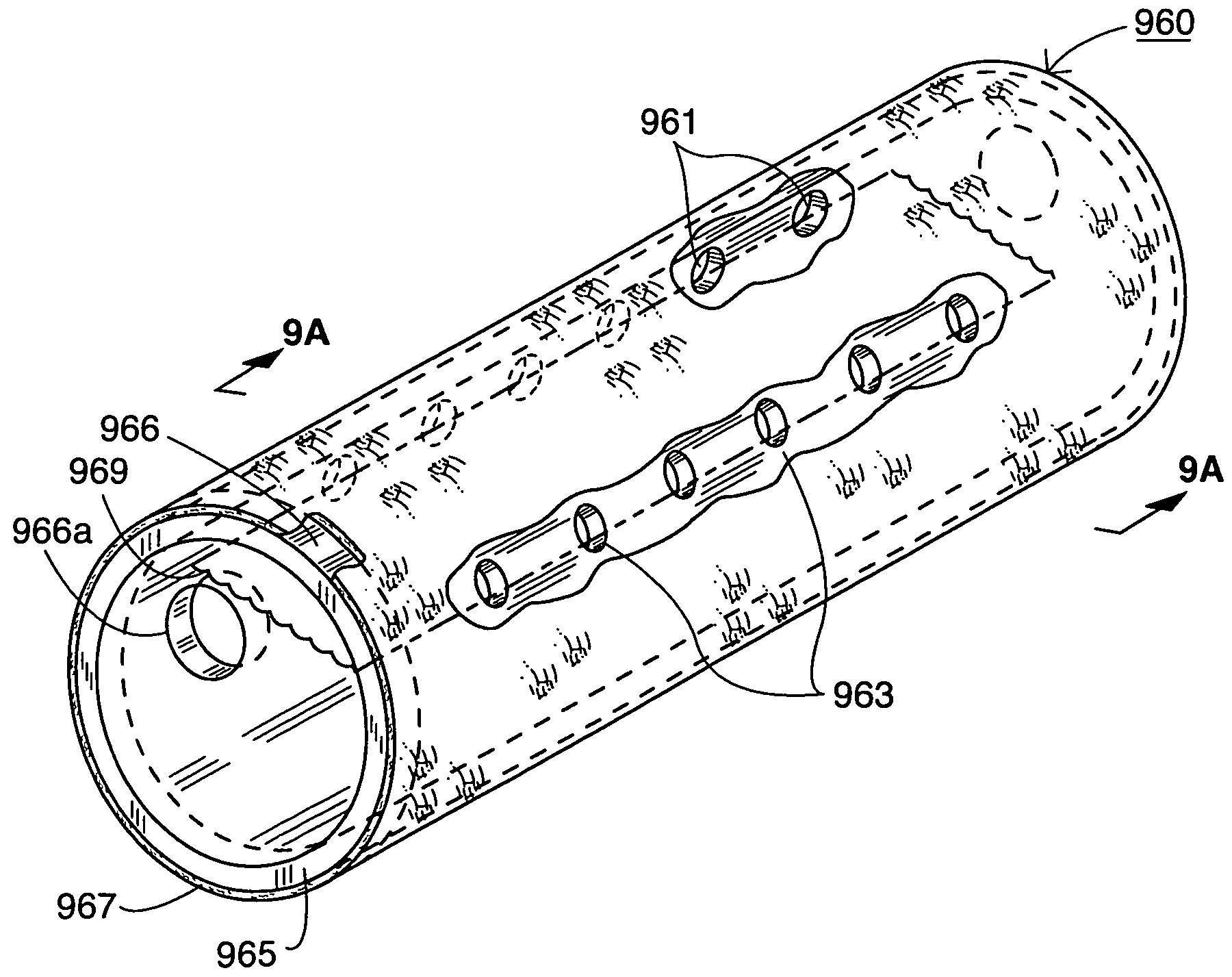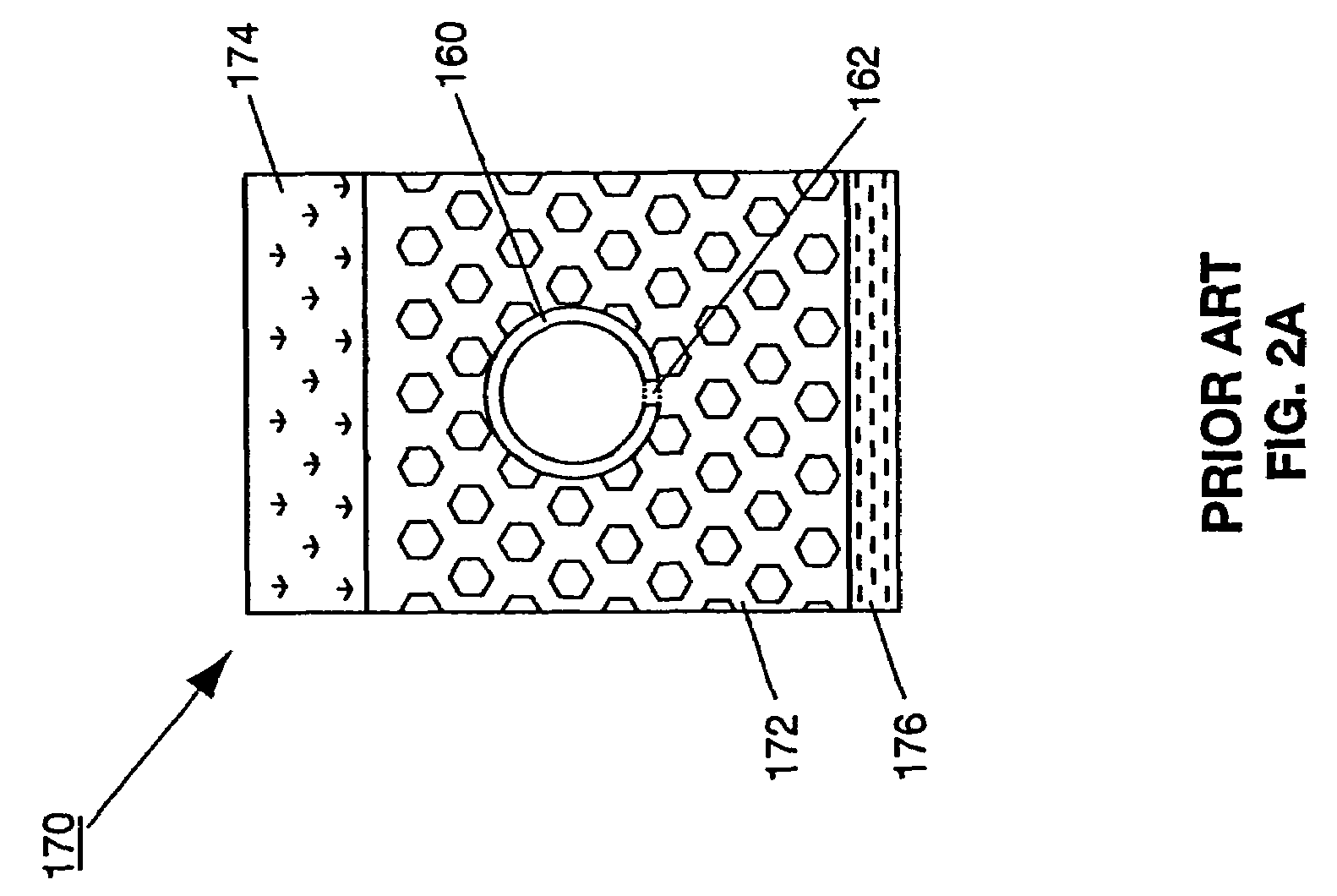Wastewater treatment and dispersal system
a technology of dispersal system and wastewater treatment, which is applied in the direction of sewage draining, liquid displacement, separation process, etc., can solve the problems of affecting the growth of biomats, and the end of the drainfield failure, so as to maximize the amount of air/oxygen, prolong the treatment time, and reduce the effect of was
- Summary
- Abstract
- Description
- Claims
- Application Information
AI Technical Summary
Benefits of technology
Problems solved by technology
Method used
Image
Examples
Embodiment Construction
[0038]The present invention is directed to a wastewater treatment system aimed at addressing the problems described above. The present invention is best understood by first summarizing the prior art and current wastewater treatment systems.
[0039]Referring first to FIG. 1, a conventional residential wastewater, or septic, system is shown generally a 100. Wastewater, comprising liquids and suspended solids, originates from a residential structure 110, for example, by flowing from sinks, tubs, toilets, etc. At least one septic inlet header 120 directs the wastewater to a septic tank 130. Septic tanks are well known in the art and are generally formed of concrete or steel and have capacities averaging 1000 gallons for a single residence. Within the septic tank 130, the wastewater is deposited, where the separation and organic digestion of the waste begins. Solid matter which floats generally forms a “scum” layer on the surface, non-floatable solids settle to form a “sludge” layer on the...
PUM
| Property | Measurement | Unit |
|---|---|---|
| diameter | aaaaa | aaaaa |
| diameter | aaaaa | aaaaa |
| diameter | aaaaa | aaaaa |
Abstract
Description
Claims
Application Information
 Login to View More
Login to View More - R&D
- Intellectual Property
- Life Sciences
- Materials
- Tech Scout
- Unparalleled Data Quality
- Higher Quality Content
- 60% Fewer Hallucinations
Browse by: Latest US Patents, China's latest patents, Technical Efficacy Thesaurus, Application Domain, Technology Topic, Popular Technical Reports.
© 2025 PatSnap. All rights reserved.Legal|Privacy policy|Modern Slavery Act Transparency Statement|Sitemap|About US| Contact US: help@patsnap.com



